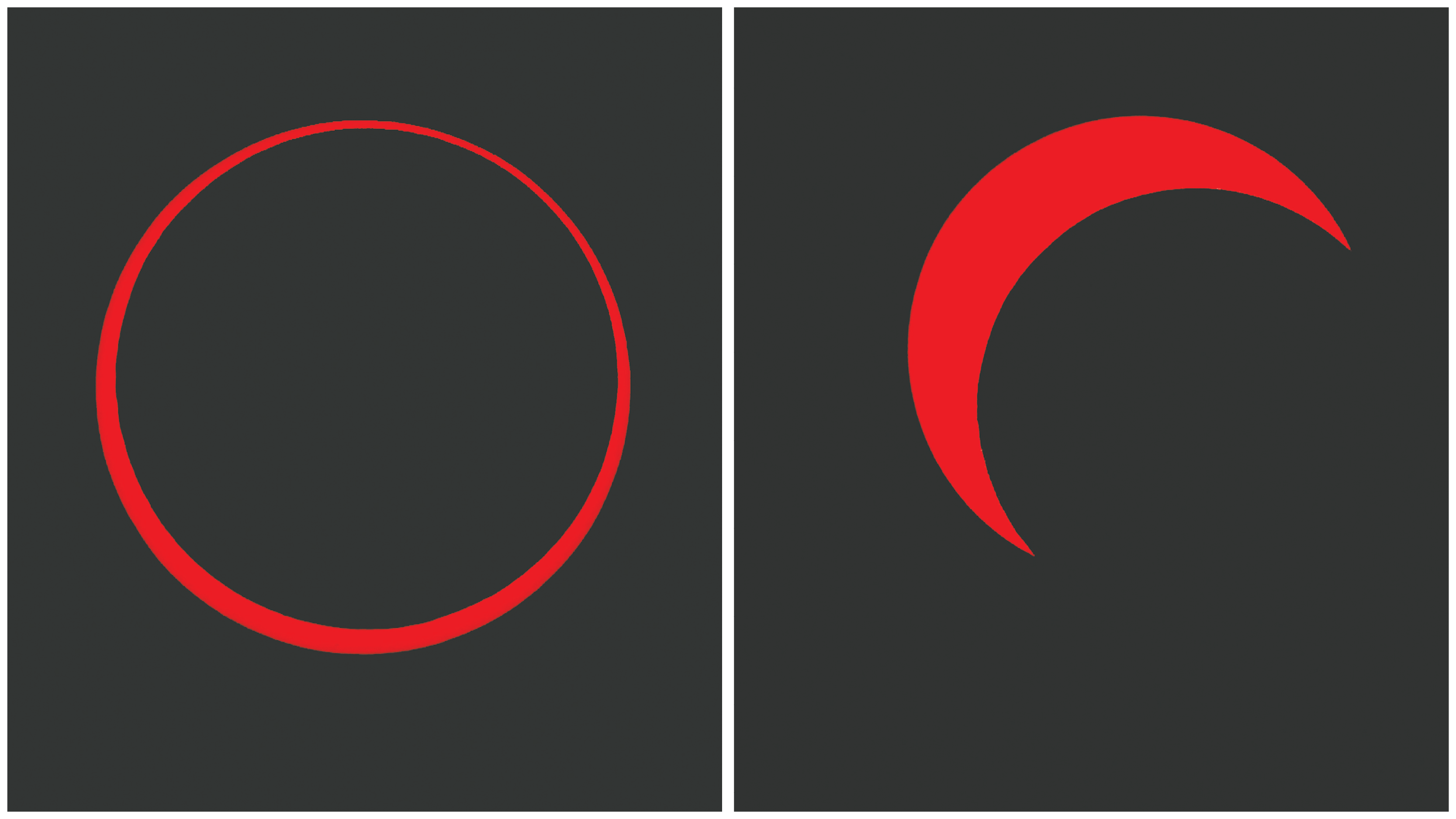Sky high celebration
Published 10:12 am Thursday, August 17, 2017

- Ken Christison, a resident of the Pinetops/Ashley’s Grove community in Northampton County, snapped these photos of a solar eclipse on May 28, 2012 from his sister’s home near Red Bluff, CA.
Our sun is a constant; always rising in the morning, always setting in the evening. But during the afternoon of Monday, August 21, we’ll see something a bit different than the sun’s normal routine across the sky.
All of North America will be able to see a partial solar eclipse, and for some lucky parts of the country, a total eclipse. The moon will line up perfectly in its orbit around Earth to obscure the sun’s light from reaching us for a brief amount of time. The path of the total eclipse will travel from the west coast to the east coast, passing over five state capitals and through 12 different states, one of which will include a small part of North Carolina.
In the narrow path of totality, midday will look almost like midnight for about two minutes. The rest of the country will just experience varying degrees of dimness.
The northeastern part of North Carolina will see about 88 to 89 percent obscuration of the sun at the eclipse’s peak, according to NASA’s interactive map on their website.
The eclipse will begin in this area of North Carolina at approximately 1:20 p.m. and will last until about 4:07 p.m. But the best time to view the eclipse is at its maximum point, which will occur approximately between 2:45 p.m. and 2:47 p.m. that afternoon, depending on location.
Residents in the western and central part of Northampton county, such as Gaston and Seaboard, will see the maximum eclipse at 2:45 p.m.
Towns such as Rich Square, Aulander, Lewiston-Woodville, and Murfreesboro will experience maximum obscuration at 2:46 p.m.
By 2:47 p.m., citizens of Ahoskie, Windsor, and Gatesville and the surrounding areas will be able to see the eclipse at its darkest moment.
Traveling to Greenville will allow viewers to see about 91 percent obscuration while Raleigh will be at almost 93 percent. The further south and west you go in North Carolina, the closer to totality you’ll be. People in Charlotte will reach almost 98 percent totality, and those in Asheville are close enough to reach 99 percent.
It’s important to remember that looking directly at the sun even during an eclipse can cause permanent eye damage. Those wishing to enjoy the sight of the eclipse need to use special “eclipse glasses” which are made specifically to filter out the rays of the sun that will damage retinas.
“Just regular sunglasses won’t do the job,” said Dr. Matthew Edwards of Edwards Eye Care in Ahoskie. “Eclipse glasses and sunglasses are not the same.”
Eclipse glasses are made so that they do not let more than 0.00032 percent of the sun’s light through, Edwards said. The standard certification for eclipse glasses is ISO 12312-2.
Edwards also explained that looking directly at the sun will cause solar retinopathy, which if severe enough will cause a blind spot in the center of a person’s vision.
Edwards Eye Care will have a few eclipse glasses for sale at their office for $10 each.
The American Astronomical Society’s website also has a list of reputable vendors of eclipse glasses and information on how and where to obtain them locally. They also warn against people selling fake glasses on sites such as Amazon.
Using indirect methods of viewing, such as a pinhole projector that will show the shadow of the eclipse, is another alternative.
While humans will not be affected by the sudden darkening of the day, the effect on animals can be widely varied. Beth Burchell, the livestock agent for Northampton County’s Cooperative Extension, says they don’t know the full extent of the eclipse’s effect of animals but they don’t expect to see any problems.
“Some may go into their nighttime pattern, and might become disoriented,” Burchell said, adding that the effects on animals would be most prominent in the area experiencing the total eclipse.
Mike Lubbock, director of Sylvan Heights Bird Park in Scotland Neck, said he previously was able to observe bird behavior during a solar eclipse in England. Roosting birds, he said, simply went to roost until daylight returned a few minutes later. Waterfowl, on the other hand, did not seem to be affected much at all.
“They already swim during the night,” he explained.
Bonita Harris, a spokeswoman for Dominion Energy, said they had received a few calls concerning how the eclipse would affect solar farms and solar panels.
“It will cause solar output to dip briefly,” she acknowledged, “but customers won’t see an impact.”
Harris added that Dominion relies on diversified resources to make sure customers still have access to power, just as how electricity is still provided during the night when there isn’t any access to sunlight. She said they had analyzed a variety of scenarios to ensure there would be no problems during this event.
Anyone wishing to see the total eclipse in North Carolina will have to travel to the mountains in the southwestern part of the state. The total eclipse will only last about two minutes beginning around 2:34 p.m. and will pass over several towns in a narrow 70 mile strip including Murphy, Bryson City, Cherokee, Cullowhee, and Brevard.
Several towns in the area are hosting eclipse-related celebrations all throughout the weekend leading up to the main event on Monday afternoon.
Weather conditions, however, such as storms and general cloudiness can affect people’s ability to see the eclipse. The current forecast, which is subject to change, calls for partly cloudy skies and a very slim chance of afternoon showers on Monday.
The next total solar eclipse in the United States won’t occur again until April 8, 2024.
For more information about the solar eclipse, visit websites such as nationaleclipse.com, eclipse2017.nasa.gov, or ncgov/eclipse2017.


